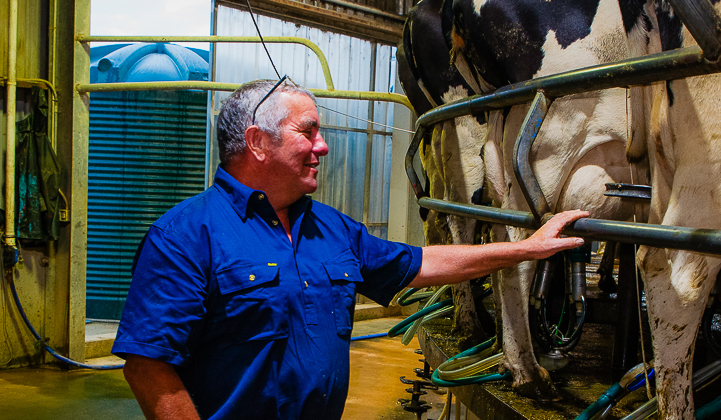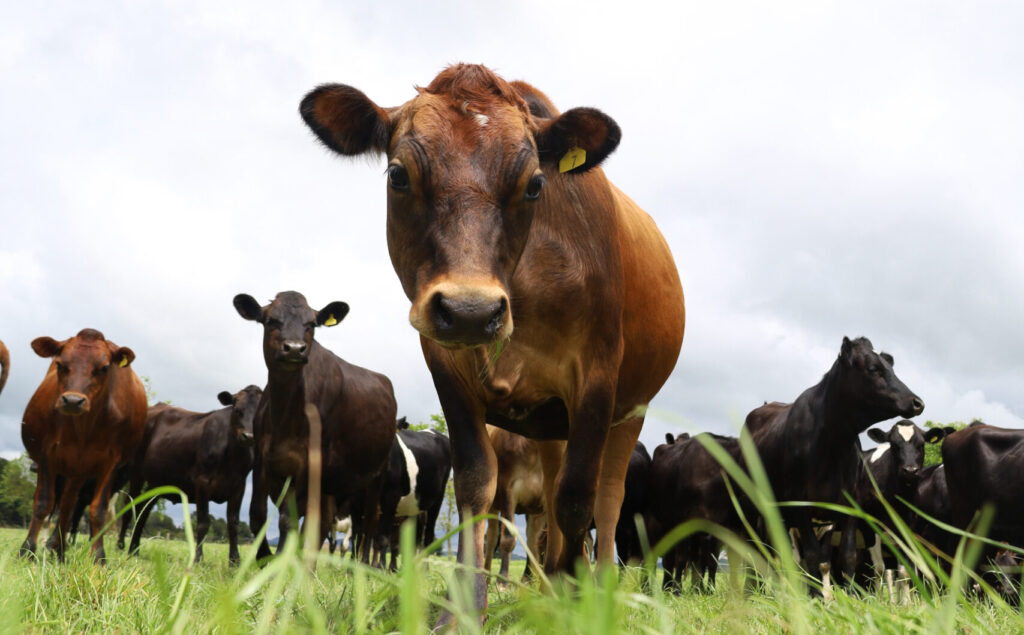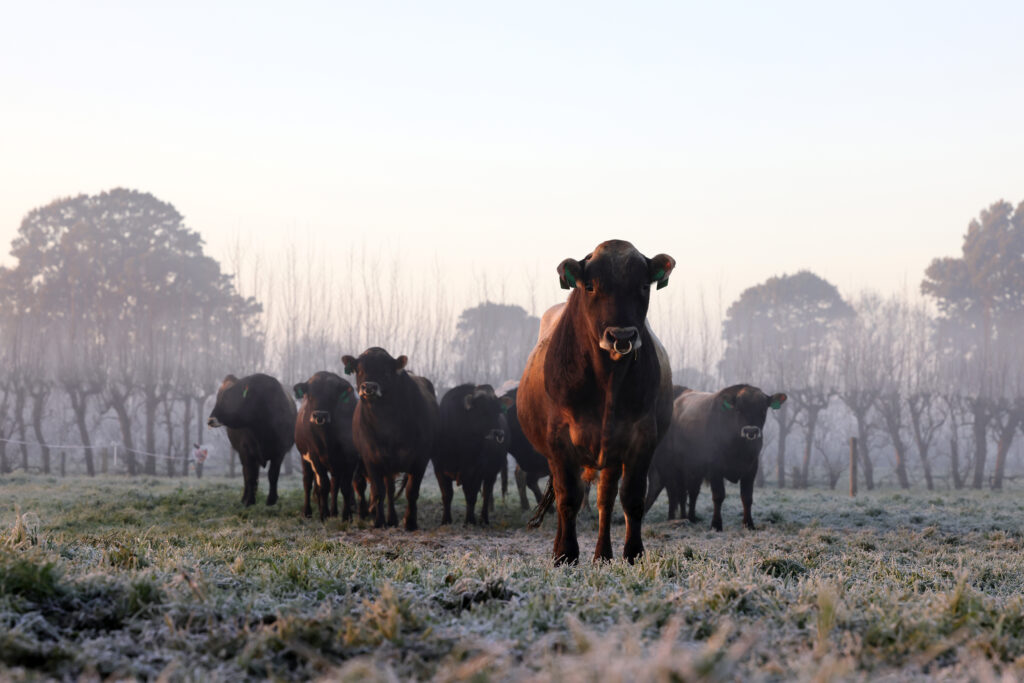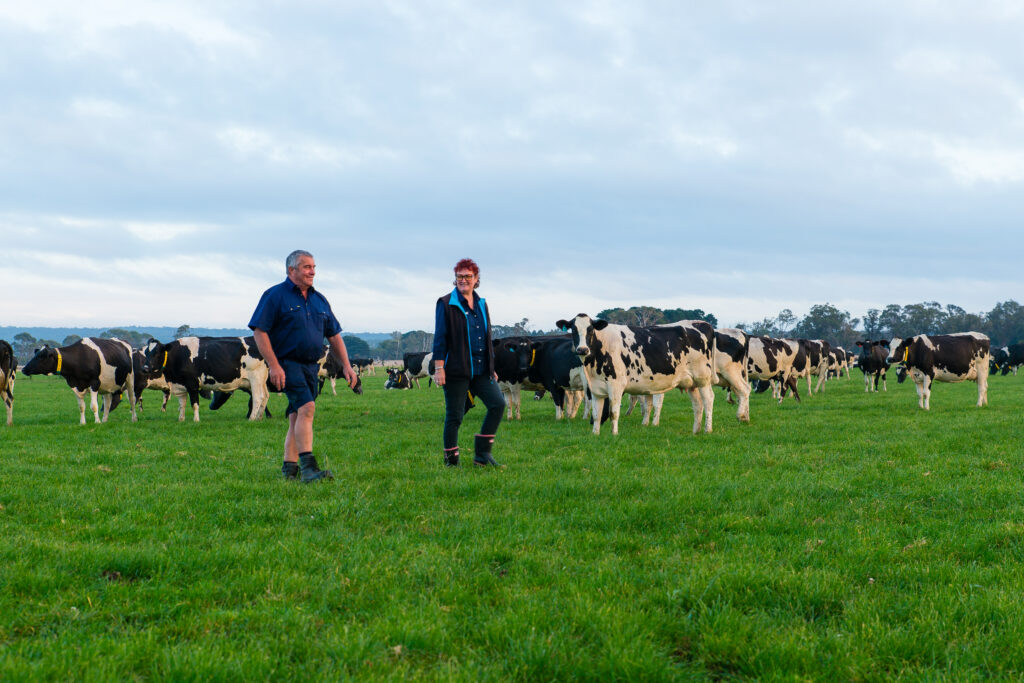Last spring LIC undertook what’s believed to be New Zealand’s first robust trial to determine whether a twice-daily AB tech service would improve conception rate, getting more cows in-calf.
Scientific results showed there is no case for increasing daily visits by AB Technicians.
In other words, there was statistically no significant difference between the twice-a-day and once-a-day groups in conception rate, either within, or across, herds (see table 1, below).
The 8000-cow trial took place across four separate farms on Rakaia Island in Canterbury.
Cows were split into two groups:
- Cows with even-numbered tags were visited by an AB technician twice-a-day (AM and PM)
- Cows with odd-numbered tags were visited by an AB technician once-a-day (AM only)
All inseminations followed oestrus that was initially picked up using collar technology as the heat detection device.
More than 9100 inseminations were completed during the six-week trial.
Although both groups of cows were inseminated once-a-day, the cows that were serviced by an AB technician in a twice daily visit were inseminated within a 12 hour window of oestrus alert (which some industry players believe may improve conception rate).
The research was headed by ZhenZhong Xu, LIC scientist and research leader (reproduction), who was supported in the field by Dave Hale, LIC national artificial breeding manager, and Garth Stearn, LIC’s upper South Island territory manager.
Dave Hale said the outcome of the controlled trial has reaffirmed the value that a once-a-day AB tech service delivers.
“From the data we can see that cows have the best chance of getting in-calf when they’re inseminated within the optimal breeding window (4-19 hours), which a once-a-day AB tech service achieves.”

Time of insemination relative to oestrus alert
The frequency distribution in the time of insemination relative to oestrus alert is shown in Figure 2 for cows in the two trial groups.
The large peak for OAD cows at 4 hours reflected the fact that a high proportion of cows had oestrus alerts between 2 and 6 AM and most morning inseminations were carried out between 6 and 10 AM.
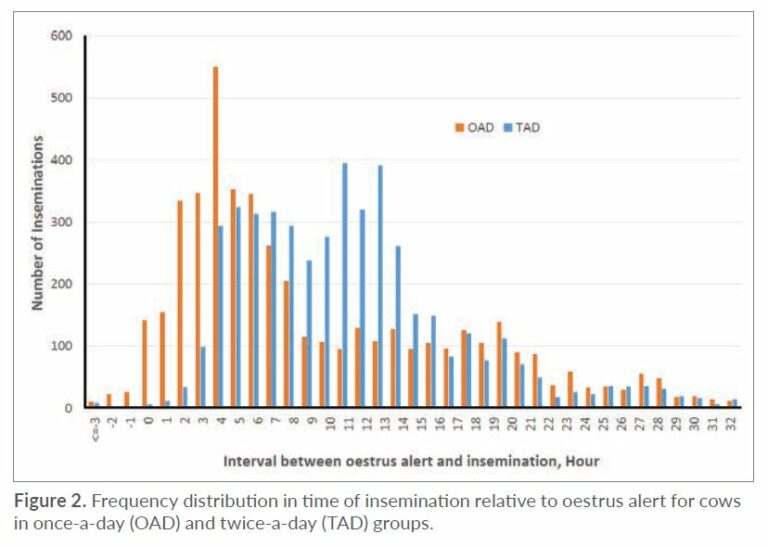
Figure 2 shows there was a clear shift in time of insemination to the right for cows in the TAD group; inseminations between 0 and 4 hours were reduced, and inseminations between 8 and 16 hours were increased. There were no obvious differences between trial groups in distribution of inseminations after 16 hours.
The conception rate of inseminations at different times after oestrus alert is shown in Figure 3.
Inseminations in both trial groups are combined to increase insemination number at each time point.
The graph shows there was a wide time period, between 4 and 19 hours, when a high conception rate (around 55%) was achieved. Inseminations between 0 and 3 also achieved a conception rate above 50%.
Conception rates decreased rapidly after 25 hours.

Results in Figure 2 and Figure 3 help explain why twice-daily AB tech visits did not improve conception rates.
Results in Figure 2 show that having two opportunities in a day to inseminate cows shifted most inseminations from the period between 0 and 4 hours to between 8 and 14 hours, when conception rate did not differ greatly. However, twice-daily AB tech visits did not reduce the proportion of inseminations carried out after 20 hours, when conception rate was reduced.
Based on results in this trial, twice-a- day visits by the AB technician did not significantly improve conception rates for lactating dairy cows grazing on pasture.
The current practice of submitting cows for insemination at the first opportunity after oestrus detection applies to all animals on heat, whether alerted by a collar system, a heat detection aid, or farmer observation.
Get in touch with LIC Australia if you’d like to learn more.
